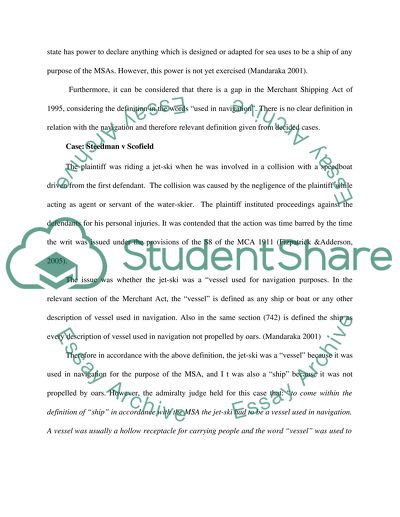Cite this document
(“Shipping Law - The collision regulation rules Essay”, n.d.)
Retrieved from https://studentshare.org/miscellaneous/1521145-shipping-law-the-collision-regulation-rules
Retrieved from https://studentshare.org/miscellaneous/1521145-shipping-law-the-collision-regulation-rules
(Shipping Law - The Collision Regulation Rules Essay)
https://studentshare.org/miscellaneous/1521145-shipping-law-the-collision-regulation-rules.
https://studentshare.org/miscellaneous/1521145-shipping-law-the-collision-regulation-rules.
“Shipping Law - The Collision Regulation Rules Essay”, n.d. https://studentshare.org/miscellaneous/1521145-shipping-law-the-collision-regulation-rules.


